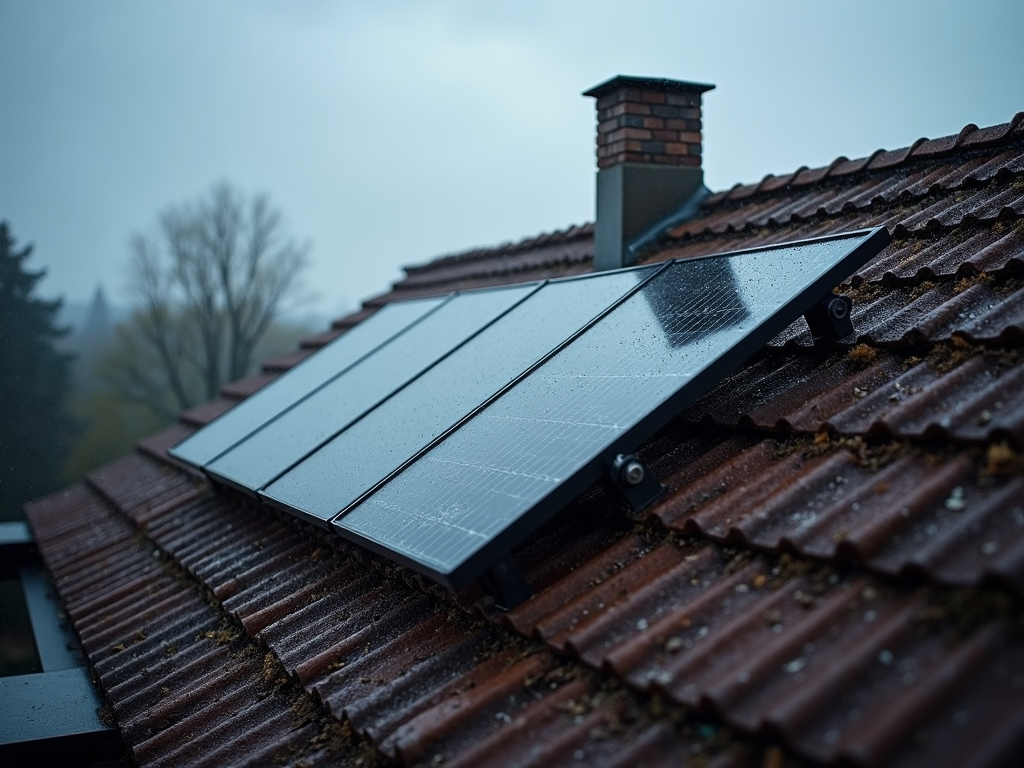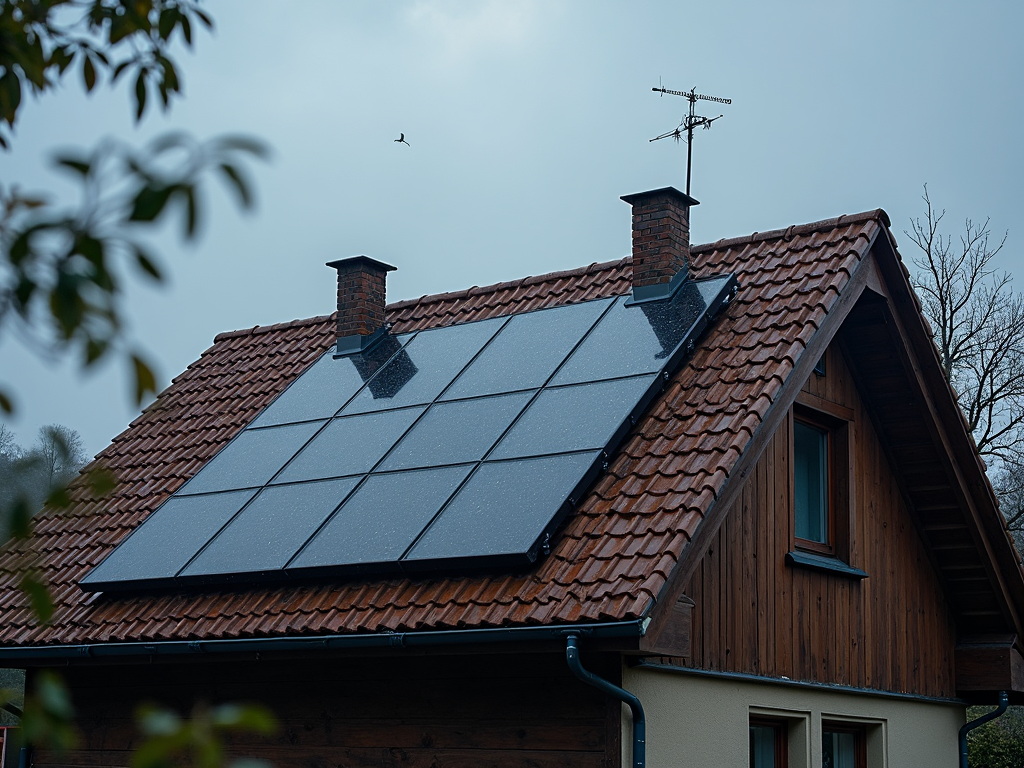Solar systems are the beacons of sustainable energy production. But like any beacon, they need protection from the storms of life. Photovoltaic insurance is more than just financial protection: it is a safety net that shields investors and individuals from unexpected losses. In this article, we will explore the importance of this insurance and what options are available to secure your investment. A solid understanding of these issues can aid in making smart decisions to protect your solar system.
Fully Protected: The Main Reasons for Photovoltaic Insurance

Photovoltaic insurance is the cornerstone of a comprehensive protection concept for solar system owners. This particular insurance is essential for various reasons and helps protect the investment from numerous risks that are not adequately covered by traditional insurance.
On one hand, photovoltaic insurance protects against technical damages that may arise from external influences such as lightning, storms, or even mechanical defects. Photovoltaic systems are complex technical systems, and a defect can result in significant expenses if repairs or replacement parts are needed. Adequate insurance ensures that such unexpected costs are covered and saves the system owner from financial worries.
Another crucial aspect is the preservation of the warranty rights of many solar module manufacturers. These often require regular maintenance to keep the warranties intact. Insurances that offer maintenance as part of the coverage package help meet these requirements and prevent loss of warranty performance rights. In this way, one remains protected from production defects or unexpected declines in output.
Photovoltaic insurances also contribute to the basic safety and efficiency of the system. Regular maintenance, facilitated or even necessitated by insurance, ensures that the system operates flawlessly and that any problems are recognized early. This not only extends the system’s lifespan but also avoids significant losses in output that could compromise profitability.
The protection against environmental influences provided by insurances should not be underestimated. Dust, pollen, or bird droppings can compromise the performance of solar modules. Insurances often cover the costs of professional cleaning to maintain maximum efficiency.
For solar system operators, protection against financial losses due to business interruptions is immensely valuable. Insurances provide protection when a system cannot produce energy temporarily due to damages or necessary maintenance. This is particularly crucial for owners of commercial systems who rely on a continuous flow of electricity.
Finally, insurance helps meet legal maintenance obligations and thus comply with legal requirements. Adjustments to current market conditions, as required by the new solar energy law, can be more easily managed thanks to a flexible insurance structure, reducing financial risks arising from changes in feed-in tariffs.
In general, photovoltaic insurance is essential to comprehensively protect solar systems and secure long-term investments. It not only provides financial protection but also ensures that the system operates optimally under all circumstances.
Optimal Protection Strategies for Solar Systems: Overview of Insurance Options

Effective protection for your photovoltaic system is not just a matter of prudence, but also a necessity. Considering the different risks to which solar systems are exposed, a simple building insurance often does not suffice to ensure comprehensive protection. This is where specific photovoltaic insurance comes into play, proving particularly valuable.
A residential building insurance offers the advantage of covering damage to both the building and the system simultaneously. However, while risks such as fire, storm, and hail are covered, more specific risks often remain excluded. Frequently, some contractual clauses exclude coverage for photovoltaic systems or limit it to minimum performances. It is therefore essential to pay attention to the details and consider any additional solutions.
This is where the specific photovoltaic insurance policy comes into play. It covers a wide range of risks, including damage from extreme weather events, theft, and vandalism, as well as damage from surcharges. A unique feature of this insurance is the coverage of secondary costs, such as reimbursement of cleaning expenses or loss of income due to production interruptions of the system. This comprehensive protection solution is particularly aimed at operators of large photovoltaic systems who require better coverage than that offered by traditional insurances.
For the protection of smaller systems, such as micro solar systems, the home insurance can be a useful supplement. However, this less expensive option is considered insufficient for more expensive solar systems.
Another important aspect is the integration into existing liability insurances. Modules falling or other damages caused by the system can often be covered by an extended liability insurance, provided that the installation has been carried out properly.
In addition to these insurance solutions, the loss of profit insurance is of particular interest, which ensures reimbursement of losses resulting from lost feed-in revenues in the event that the system is temporarily out of service. This is crucial for maintaining the profitability of solar investment even in case of unexpected interruptions.
Finally, one might consider an insurance for the installation to cover any damages that may occur during the installation.
Lastly, a targeted comparison between different insurance offers provides significant savings opportunities. Choosing the appropriate combination of residential building insurance and specific photovoltaic insurance offers the most comprehensive and personalized protection for your photovoltaic system.